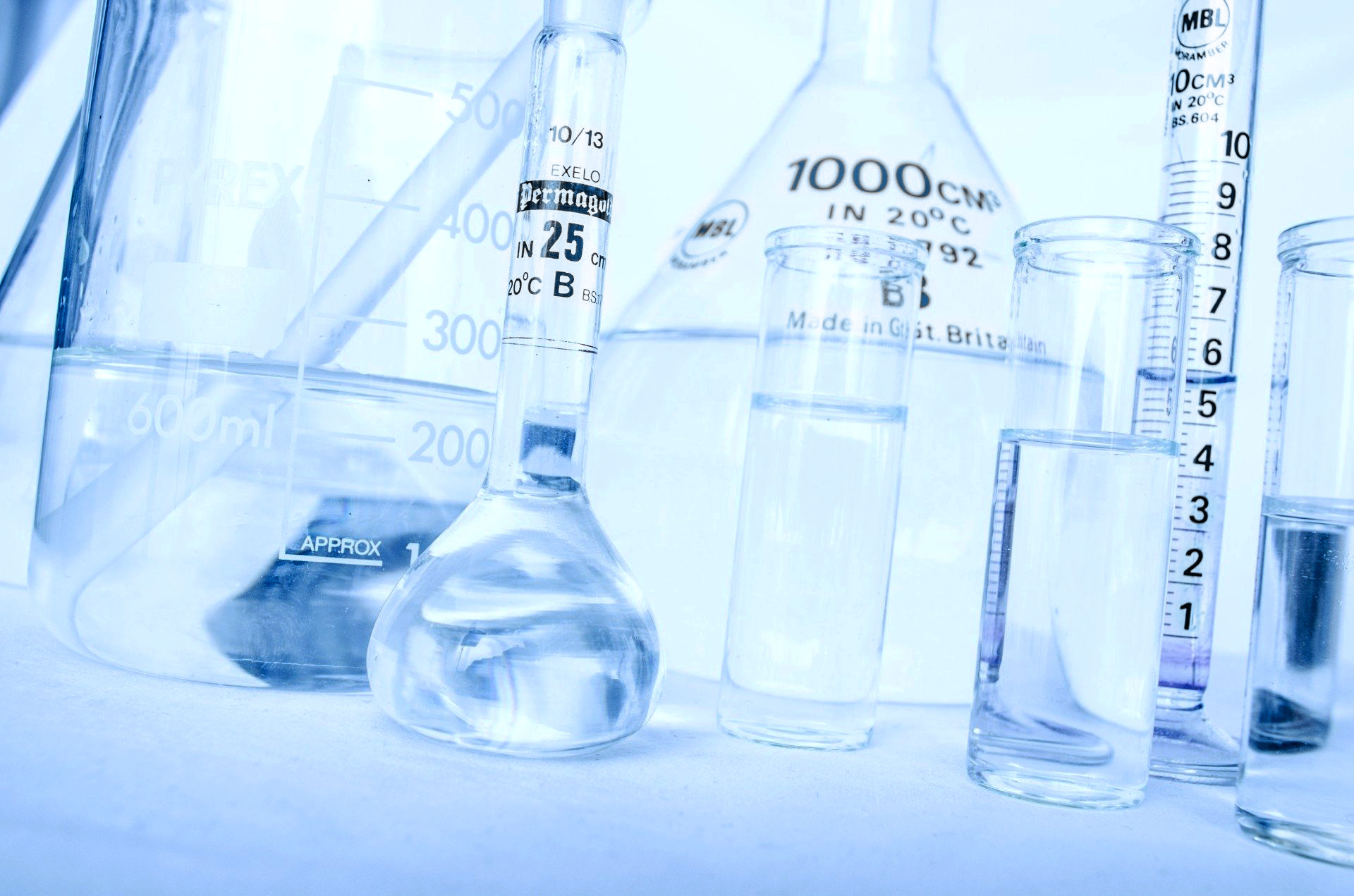Water in the tank damages your engine! How do you know if there is?
Water in jet fuels comes in two forms: dissolved and suspended.
- Dissolved water is invisible to the naked eye. Its proportion depends mainly on:
- the nature and temperature of the fuel;
- the temperature and hydrometry of the ambient air.
Dissolved water increases with temperature from about 35 ppm (0.0025%) at 0°C to 140 ppm (0.008%) at 40°C.
- Jet fuel can contain a certain amount of free water ranging from a few ppm to 30 ppm.
This water is visible to the naked eye, except for a small fraction consisting of very fine droplets.
It can have several origins
- imperfect dehydration from the refineries;
- phenomena of "breathing" of oil reservoirs leading to moisture condensation;
- temperature reductions with release of some of the water in solution.
This water, regardless of its form, can be determined by the method Karl Fisher (ASTM D 6304): on a test jet fuel containing dissolved and suspended water, the suspended water is allowed to settle for 48 hours. The suspended water settles on the walls of the container as well as on the bottom. The jet fuel is collected without the decanted water on which the dissolved water is determined by the Karl Fisher method (ASTM D 6304). The amount of dissolved water is determined by this initial determination.
Shake the container vigorously for 5 minutes and dose the water using the same Karl Fisher method as before. This second dosage determines the total amount of dissolved and suspended water. The quantity of water in suspension is obtained by the difference between the total quantity of water and the quantity of dissolved water.

